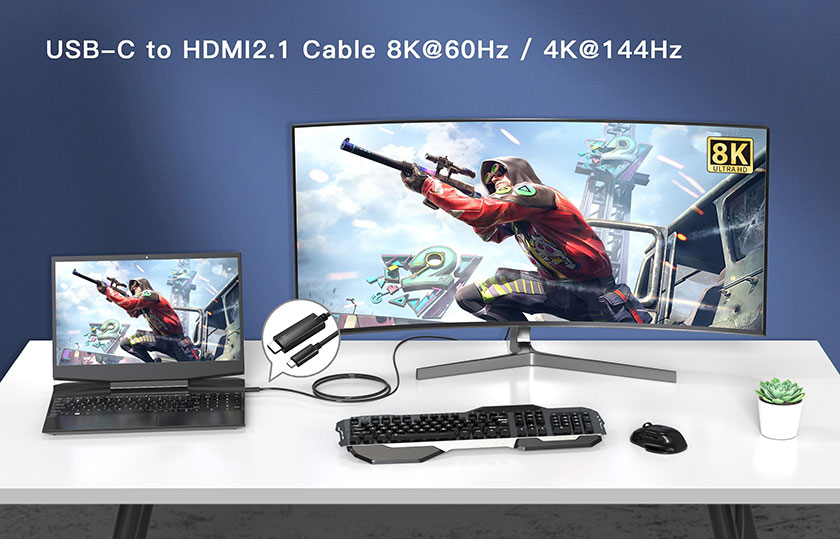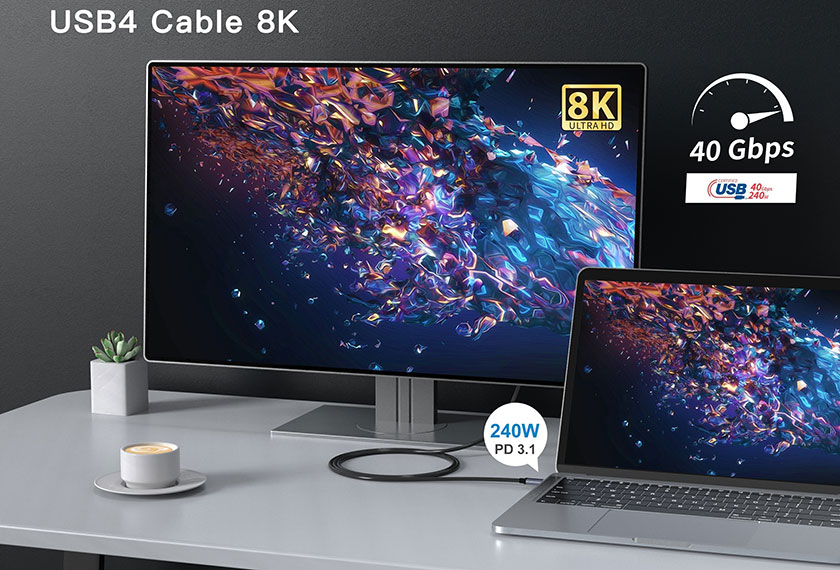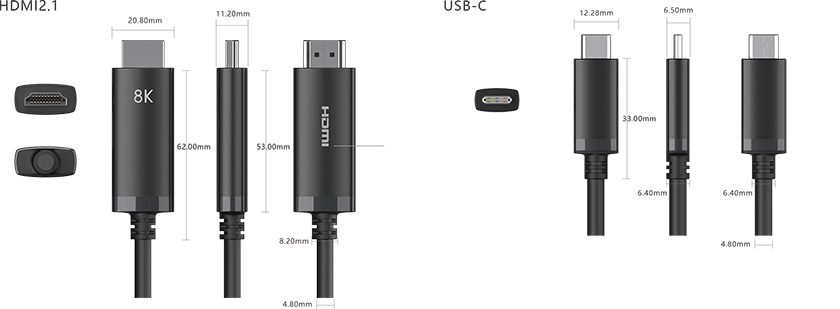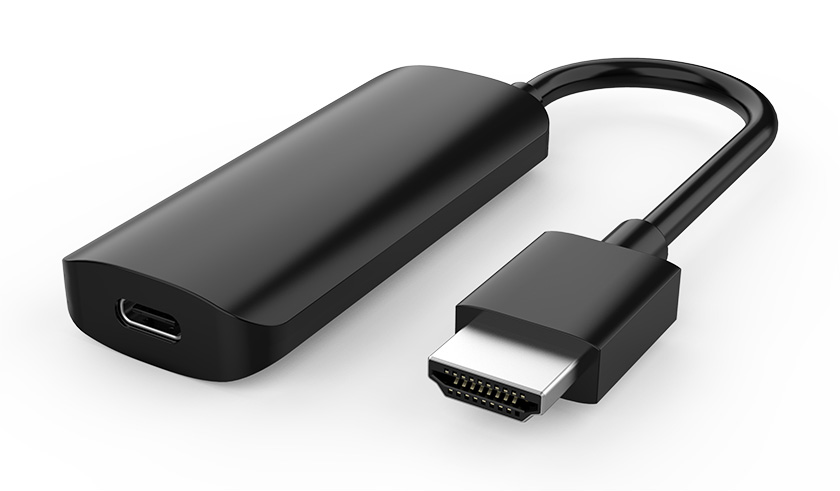HDMI cables are the vital link between our go-to A/V components and the TVs, projectors, receivers, and other devices that take in all those precious ones and zeroes, converting them into the breathtaking sounds and pictures we depend upon.
HDMI was officially announced by the HDMI Forum on January 4, 2017, and was released on November 28, 2017. And then HDMI is quickly becoming a new standard for state-of-the-art TVs, A/V receivers, including recent models from LG, Samsung, Sony, TCL, Vizio and more. HDMI is also on both of the next-generation game consoles, the PlayStation 5 and Xbox Series X.

It adds support for higher resolutions and higher refresh rates, including 4K 120Hz and 8K 120Hz. HDMI also introduces a new HDMI cable category called Ultra High Speed (referred to as 48G during development), which certifies cables at the new higher speeds that these formats require. Ultra High Speed HDMI cables are backwards compatible with older HDMI devices, and older cables are compatible with new HDMI devices, though the full 48 Gbit/s bandwidth is only supported with the new cables.
1. The physical connectors and cables look the same as today's HDMI.
2. Improved bandwidth from 18 gigabits per second (HDMI 2.0) to 48Gbps (HDMI).
3. Can carry resolutions up to 10K, frame rates up to 120 frames per second.
4. New cables are required for higher resolutions and/or frame rates.
5. Many new TVs have at least one HDMI input.
6. The main sources that can take advantage of 2.1 right now are the PlayStation 5 and Xbox Series X, as well as high-end graphics cards.

For most devices – TVs, games consoles, set-top boxes, and even some sound systems – there's no need to buy an 8K HDMI cable. A cheaper HDMI 2.0 cable that supports 4K up to 60fps is all most people need. But if you have a PS5 or Xbox Series X (or an Ultra-HD Blu-ray player) and a TV that's capable of 120Hz (twice the usual 60Hz), then you'll want to go for an HDMI cable. These are also called 8K cables and can handle transfer speeds of 48Gbps – much more than the 18Gbps of standard "High Speed" HDMI 2.0 cables.
These are the best HDMI cables Fullink launched:
USB-C to HDMI 8K Cable
DP1.4 to HDMI 8K Cable
HDMI to USB-C 8K Adapter
HDMI to DP1.4 8K Adapter
For more 8K products, just click HERE.
This is USB-C to HDMI 8K Cable. This cable supports the newest technology of HDMI 8K output. Connect USB-C port with DP1.4 Alt Mode protocol (compatible with DP1.2 Alt Mode) enabled host devices to get the 8K video to HDMI (compatible with HDMI2.0/1.4) enabled TVs for display. HDMI output supports up to 7680*4320@60Hz or 3840*2160@144Hz video resolution (backward compatible resolution). Input devices include mobile phones, laptops, and hosts with USB-C interface.

This is DP1.4 to HDMI 8K Cable. This cable supports the newest technology of HDMI 8K output. Connect DP1.4 (compatible with DP1.2) port enabled host devices to get the 8K video to HDMI (compatible with HDMI2.0/1.4) enabled TVs for display.
This is a HDMI to USB-C Adapter with Micro USB power delivery, easily add a USB-C display to HDMI enabled sources such as computers, laptops, notebooks, game consoles, tablets, and more. Support the latest standard HDMI, backward compatible with HDMI2.0, HDMI1.4, output resolution up to 8K@30Hz or 4K@120Hz. Connect HDMI equipped host devices, like the newest XBOX X series, PS5 game devices to the USB-C equipped monitors/TV to extend the video signal. The included Micro USB power port connects to either an available USB port on your source device or a USB wall charger to power the HDMI to USB-C adapter.

This is a HDMI to DP1.4 Adapter with Micro USB power port, lets you connect an HDMI enabled video source, such as Laptop, PC, desktop, Xbox, PS5, video game console...etc, to DisplayPort 1.4 (backwards compatible with DP1.2 specification) displays. The included Micro USB Power cable connects to either an available USB port on your source device or a USB wall charger to power the HDMI to DisplayPort converter.
Although we've talked about the standards, it's worth knowing the version numbers actually apply to devices – TVs and video sources – and not the cables themselves. What really matters is the cable's speed capacity – look out for anything rated for 18Gbps to keep up with 4K HDR, which should be just about any cable sold as "high speed".
HDMI cables support 48Gbps "ultra high speed" which is intended to support 8K video (and up to 10K), but it'll be a couple of years at least before there are widespread compatible devices. However, there are features such as variable refresh rate and eARC as well as 4K video at 120Hz which also require an HDMI cable. The PS5, Xbox Series X and certain LG 4K OLED TVs support HDMI, but you'll only benefit from getting a cable that supports the latest standard if you have both a console and TV that support those features.